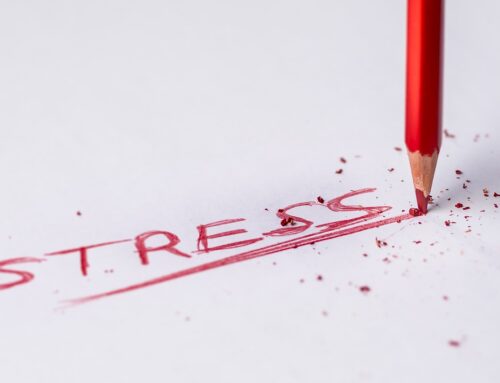The economic fallout from the COVID-19 virus continues to grow, with more events being cancelled and businesses scaling down or altogether suspending operations on a daily basis. In the midst of such widespread consequences, many analysts and pundits have begun to talk about the big R – recession – a word that strikes fear in hearts of Main Street and Wall Street alike. This is especially true because the “Great Recession” was followed directly by the fantastic and recently-deceased bull market. That recession still looms large in the minds of many. In fact, sadly, some never returned as investors.
The possibility of a recession is certainly cause for concern. Recessions are often accompanied by a host of adverse conditions like increased levels of unemployment and homelessness. In addition to the negative societal impacts, many investors also fear a recession because they associate recessions with steep drawdowns in equity markets. This association is not wrong per se – we do often see steep drawdowns in the equity market around the same time periods of economic recession. Where many investors go astray is that they believe recession is an indicator that the market will decline. Therefore when talk of a recession begins to surface, often their first instinct is to dump their equity exposure. What they need to realize, however, is that the equity market is a leading economic indicator as opposed to a trailing economic indicator. In fact, the S&P 500 is included as part of the Conference Board’s Leading Economic Index for the U.S. And if we look back, some of the best buying opportunities have come when the economy was in a recession.
Let’s take a look at our current situation. One common definition of a recession is two consecutive quarters of negative GDP growth. Real GDP growth for Q4 2019 came in at an annual rate of 2.1%, according to the U.S. Bureau of Economic Analysis. So, by the two-quarter definition, we would need to see negative GDP growth in Q1 and Q2 2020 to officially have a recession. Even if it were somehow announced tomorrow that we’re in a recession, how helpful would that be? Would it help you avoid the approximately 30% decline the S&P 500 SPX has experienced in the last four weeks? The equity markets have already reacted strongly to a potential economic downturn brought on by COVID-19. If we judge by large sell-offs in the past, we’re probably closer to the bottom than we are to the top.
Coming out of the Global Financial Crisis (GFC), the market hit its lowest close on March 9, 2009. In hindsight, it often seems obvious that the market was irrationally oversold and recovery was imminent. At that time, the US economy was still officially in the midst of a recession and the unemployment rate was still growing. On April 3, 2009, the New York Times ran an article with the headline “663,000 Jobs Lost in March; Total Tops 5 Million.” In the US, the recession was not officially over until June 2009 and it wasn’t until months later (when economic data for the subsequent quarter showed positive growth) that the end of the recession was announced. The point being that, while the market had already reached its bottom and reversed up, there was still plenty of economic news to be pessimistic about. Remember…the market is a leading indicator of the economy, meaning that the market probably has more to tell us about the direction of the economy than vice versa as most people think.
While we may not be able to rely on economic indicators since they tend to lag the market, we may not want to rely on our personal judgment either in a period when we’re likely to be seeing negative headlines on a daily basis. Our emotions can be our worst guide. One thing I can do is look to market-based indicators to give us the lay of the land. That is what I do here at White Oak using Point and Figure technical charting as my guide to managing your investment portfolios. I do not think of any single indicator as a “magic bullet” or to look at it in a vacuum. We would do well to treat these signals as we might treat the “all clear” signal from a lifeguard at the beach after a shark sighting. Just as we would re-enter the water cautiously, not bounding headlong into the surf with boogie-board-toting children in tow, we should re-enter the market cautiously, with a plan carefully mapped out, and with an eye to the horizon in case trouble returns.
Just as they have following every major drawdown, at some point, probably in the not too distant future, the NYSE HILO chart and our other indicators will give us the all-clear signal once again. When that happens it is quite possible, even likely, that we’ll still be feeling the negative economic effects of this epidemic; and it is possible the economy could even be in a recession. But, as we’ve seen, the market recovery is likely to lead the economic recovery, and we must be prepared to re-enter the water cautiously even if things still seem a bit shaky on the surface. I think the time is getting close as some important indicators are now reversing up.
It looks like the sun might be peeking out. Please call me if you have questions or concerns.






